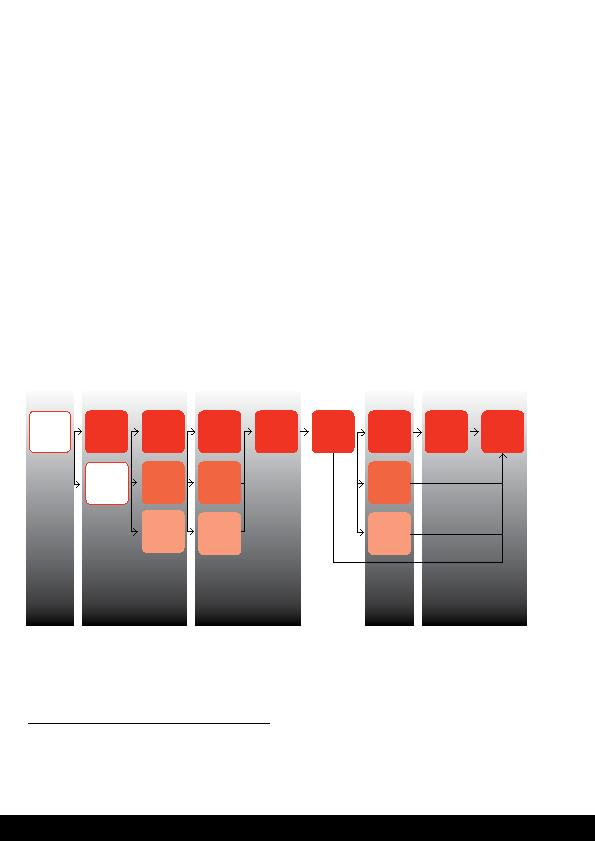
100 Unfinished business: Koori women and the justice system
· One size does not fit all. Koori women in contact
with the criminal justice system have complex
needs and a range of interventions will be
needed at different times. This has implications
for the design of diversionary options.
Making prevention and diversion a reality
regardless of race or gender
Diversion has several objectives including:
· avoiding the negative labelling and stigma
associated with criminal conduct and contact
with the criminal justice system
· preventing further offending by minimising a
person's contact with and progression through
the criminal justice system
· reducing the number of people reaching
prisons (and associated burdens and costs in
the criminal justice system)
· providing appropriate interventions to offenders
in need of treatment or other services.
613
613
Jacqueline Joudo, Responding to substance abuse
and offending in Indigenous communities: Review
of diversion programs, Research and Public Policy
series no 88. (Australian Institute of Criminology, 2008).
<http://aic.gov.au/publications/current%20series/
rpp/81-99/rpp88.aspx> at 18 July 2013.
Diversion can occur at four main points in the
system:
· pre-contact (for example preventative programs
to address the risk factors for offending such
as drug and alcohol misuse, exposure to family
violence; family breakdown, experiences of out-
of-home care and homelessness)
· pre-sentencing, including bail support
programs, bail houses and the Criminal Justice
Diversion Program
· post-sentencing, including Community
Corrections Orders and supported residential
options
· post-release (including transition programs and
supported residential options).
Our research found that there are significant gaps
for Koori women offenders across all four of these
domains. The recent evaluation report of AJA2
identified key areas of diversion that are the focus
of the AJA. Whilst not a comprehensive map of
services, the figure below highlights points of
diversion in the justice system and existing limitations.
Figure 12 Simplified justice service delivery chain
Source: Nous Group, Evaluation of the Aboriginal Justice Agreement Phase 2: Final report (2012) 52.
PREVENT
Issues
based
contact
COURT
Adjourn
RELEASE
Parole
Release
POLICE
Police
contact
No police
contact
Charge
Caution
Inform-
ation
PRE-COURT
Remand
Bail
Summon
OUTCOME
Appear
Prison
CBO
Divert
Underlying
issues
need to be
addressed
Prior to court,
offenders may not
get the support
they need
CISP and bail
support are only
available in
some locations
Transition
support
gaps create
reoffending risks
Limited
options
for
women
